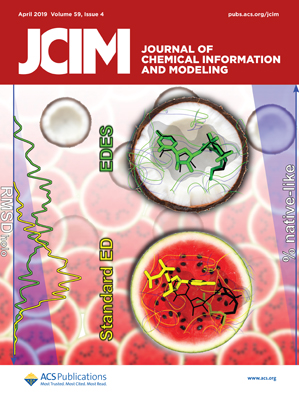Our recent paper in the Journal of Chemical Information and Modelling introduces a computational approach based on metadynamics simulations called EDES – Ensemble-Docking with Enhanced-sampling of pocket Shape – that allows to generate holo-like conformations of proteins only exploiting their apo structures. This is achieved by defining a set of collective variables that effectively sample different shapes of the binding site, ultimately mimicking the steric effect due to ligands.
Our article features on the cover of JCIM with the analogy of a coconut showing a well open binding pocket compared to a filled watermelon not leaving any space for the ligand.

We assessed the method on three challenging proteins undergoing different extents of conformational changes upon ligand binding. In all cases our protocol generates a significant fraction of structures featuring a low RMSD from the experimental holo geometry. Moreover, ensemble docking calculations using those conformations yielded in all cases native-like poses among the top ranked ones.
Read the full story at:
- A. Basciu, G. Malloci, F. Pietrucci, A.M.J.J. Bonvin and A.V. Vargiu. Holo-like and druggable protein conformations from enhanced-sampling of binding pocket shape. J. Chem. Inf. and Mod. 59, 1515–1528 (2019).
